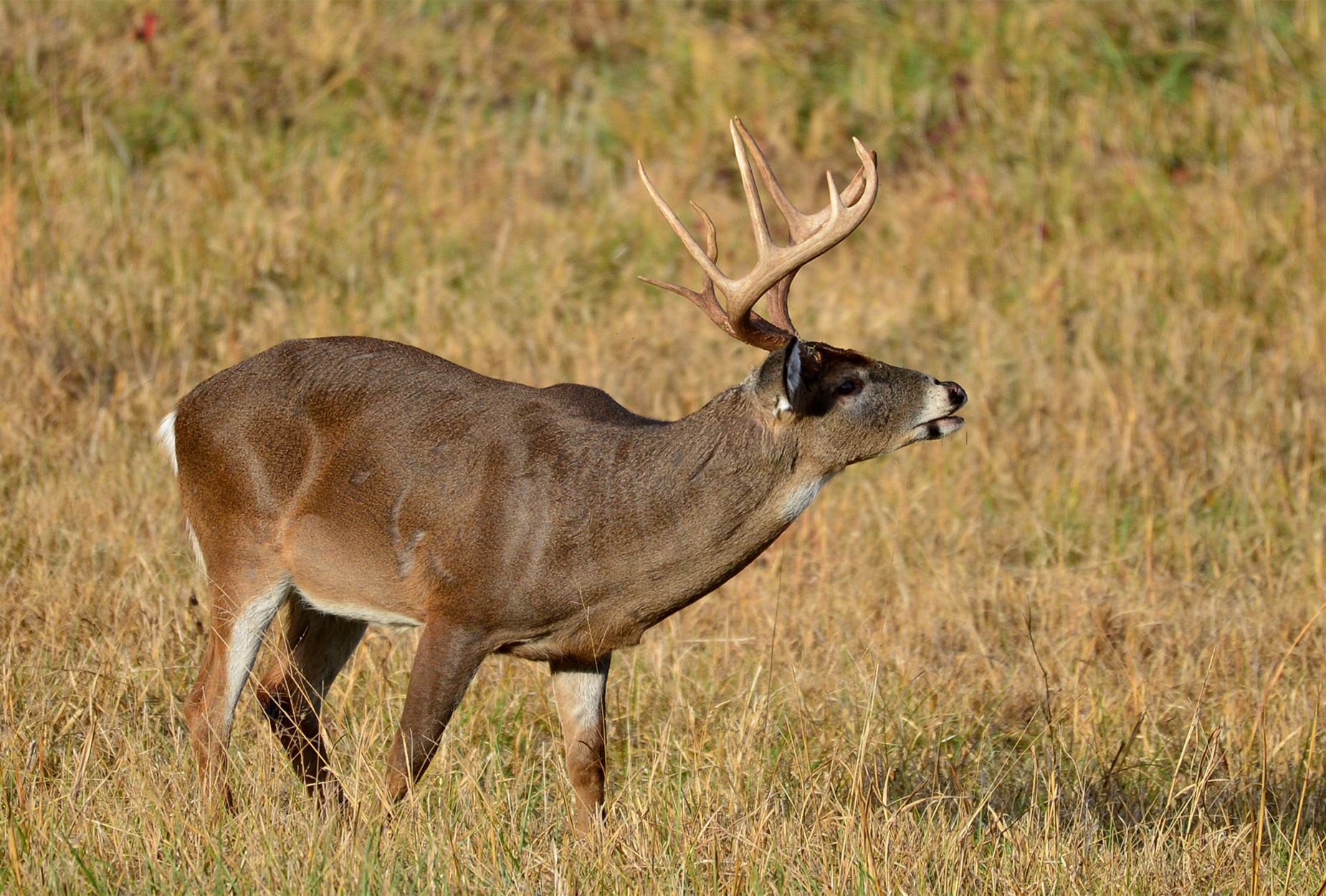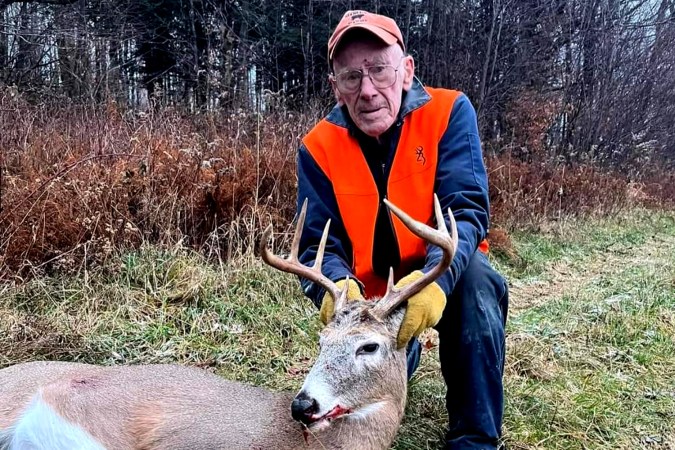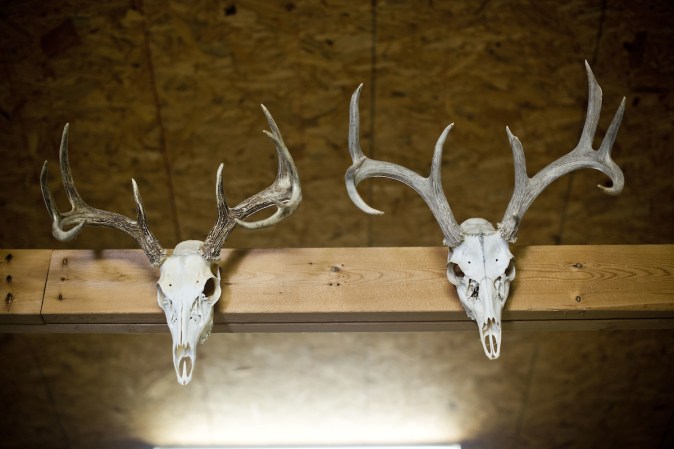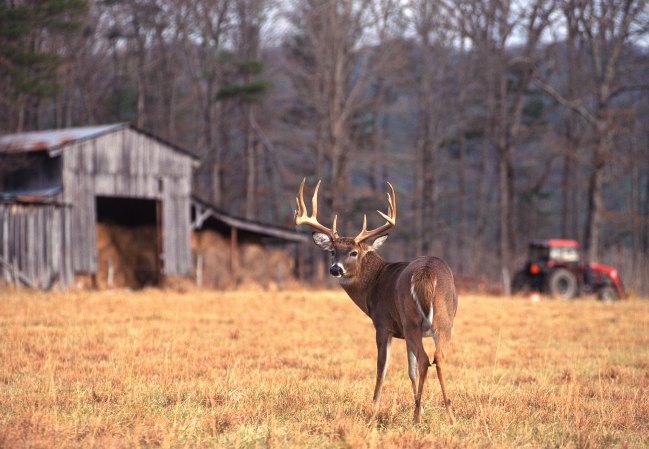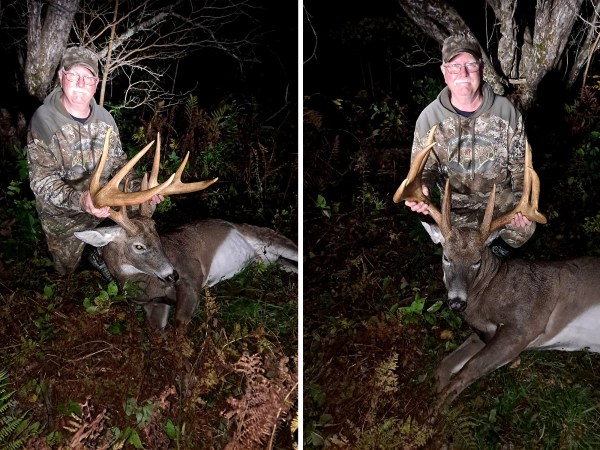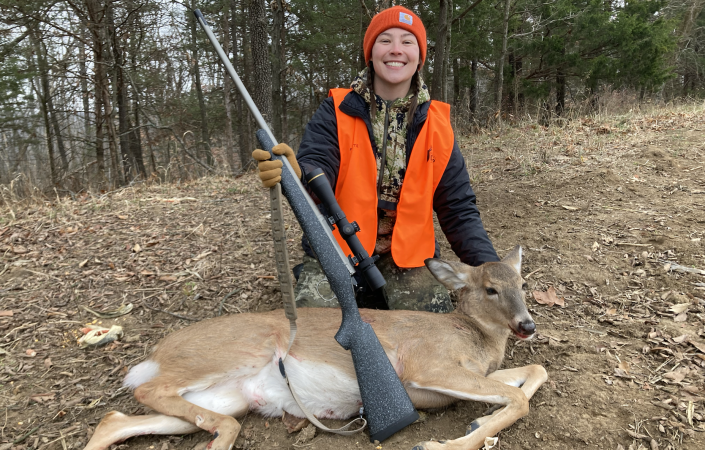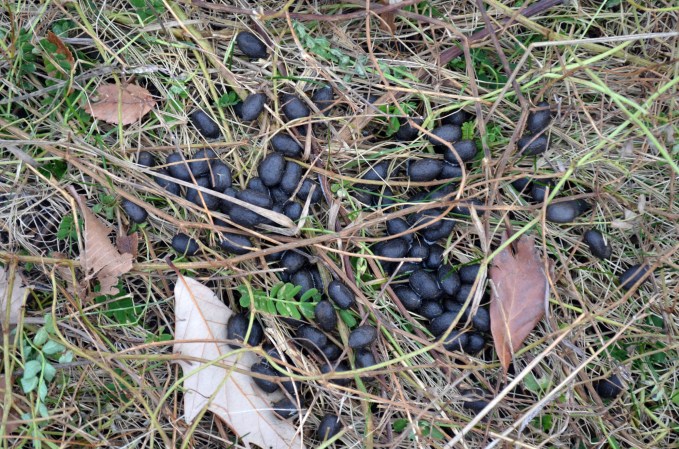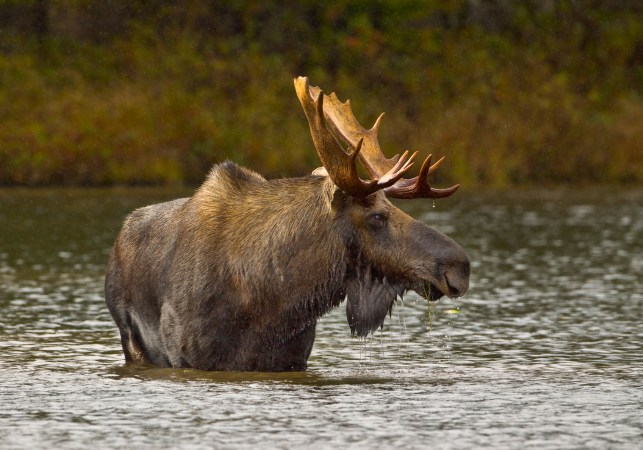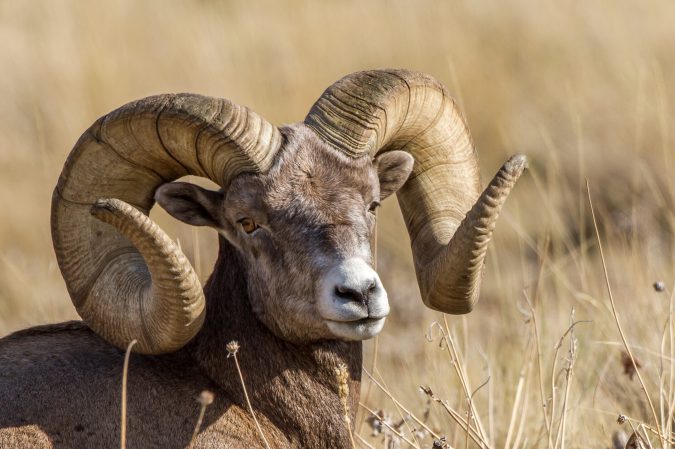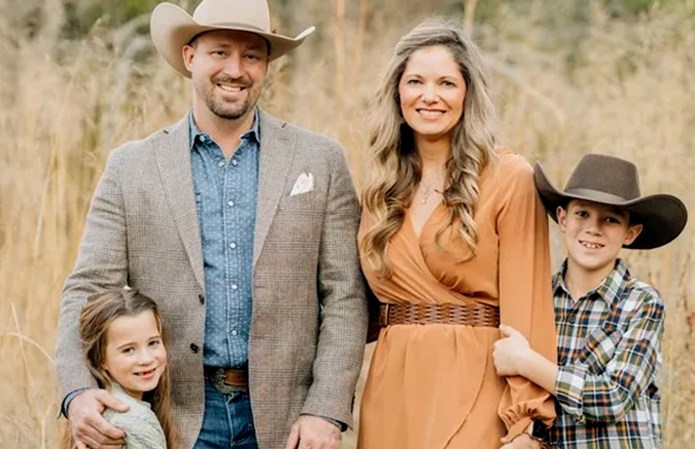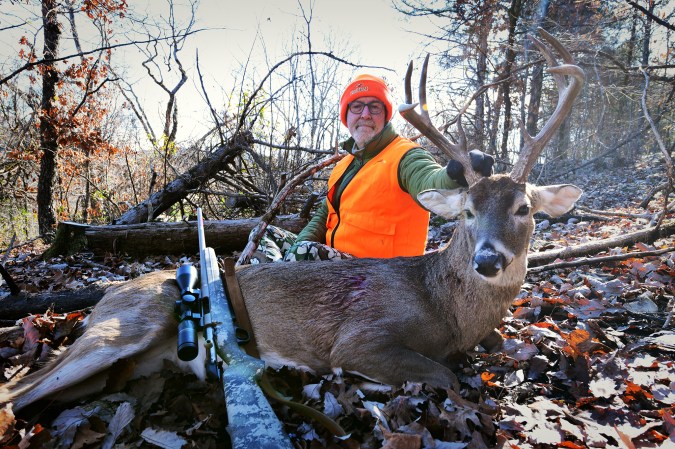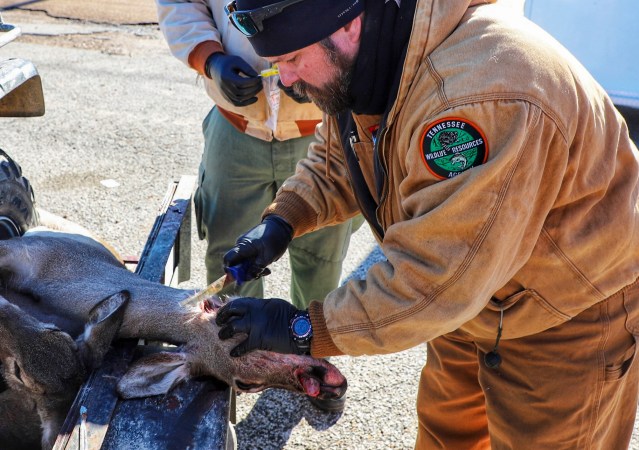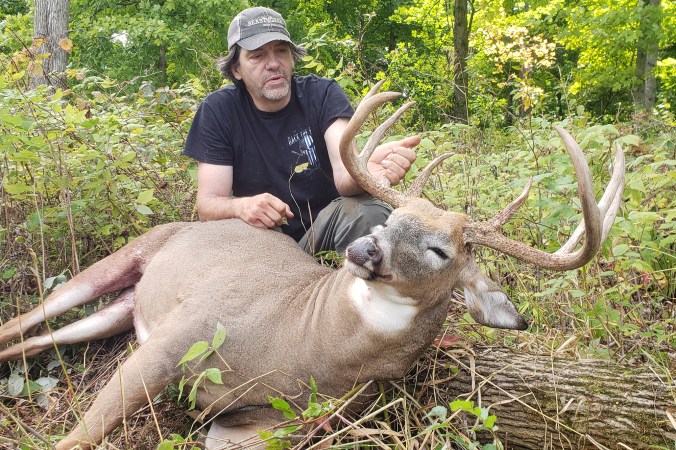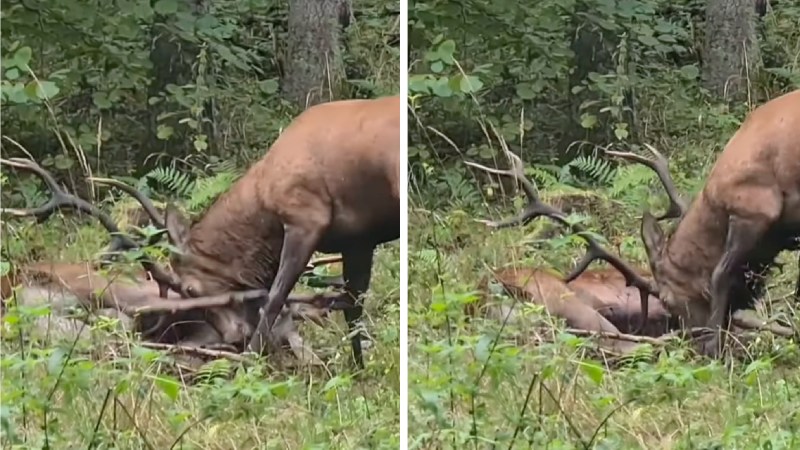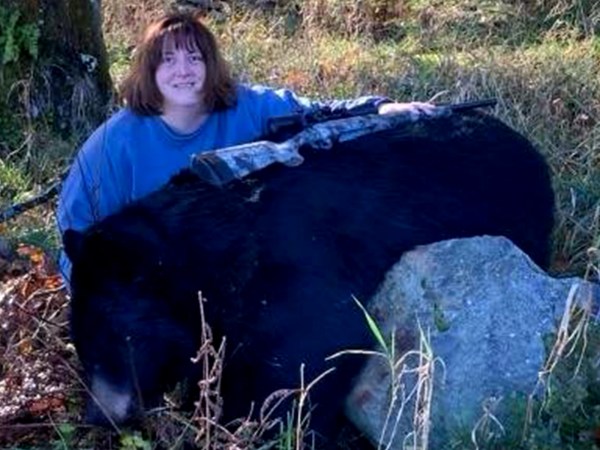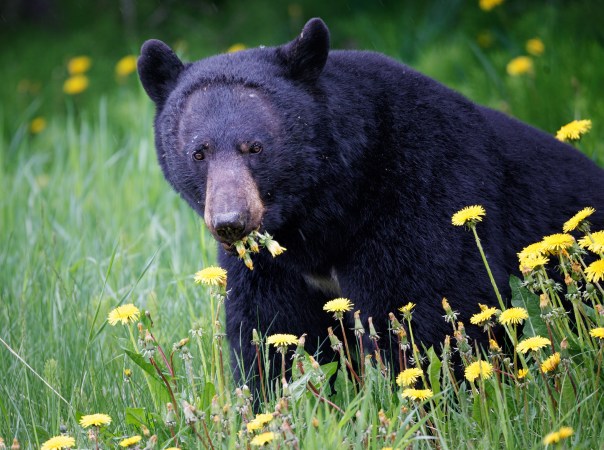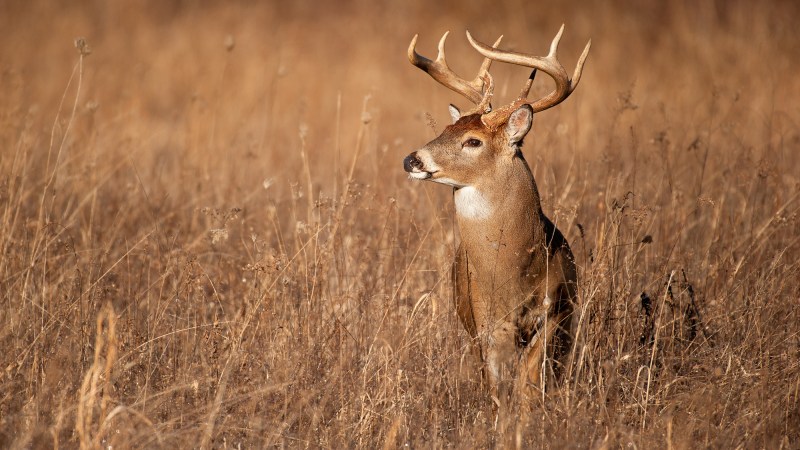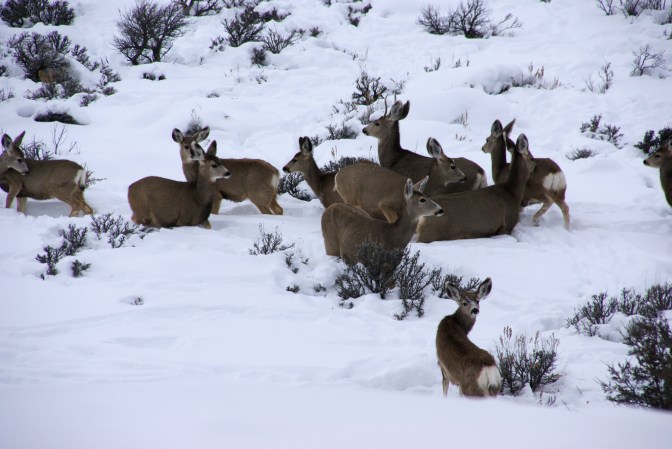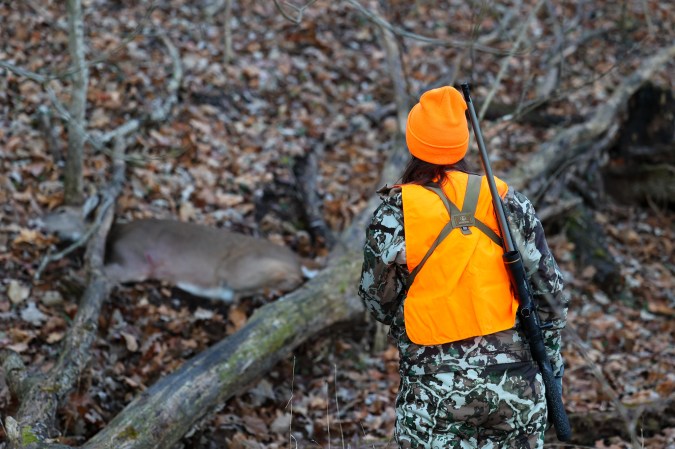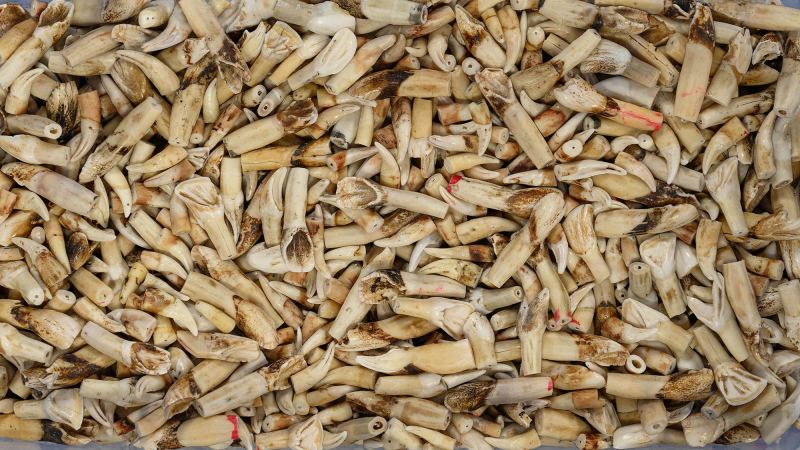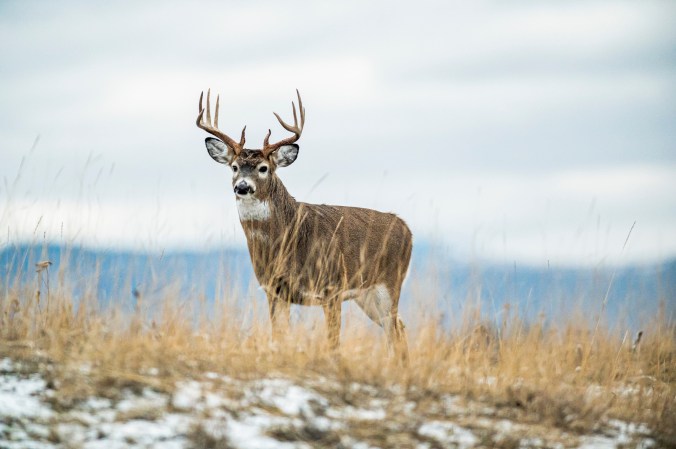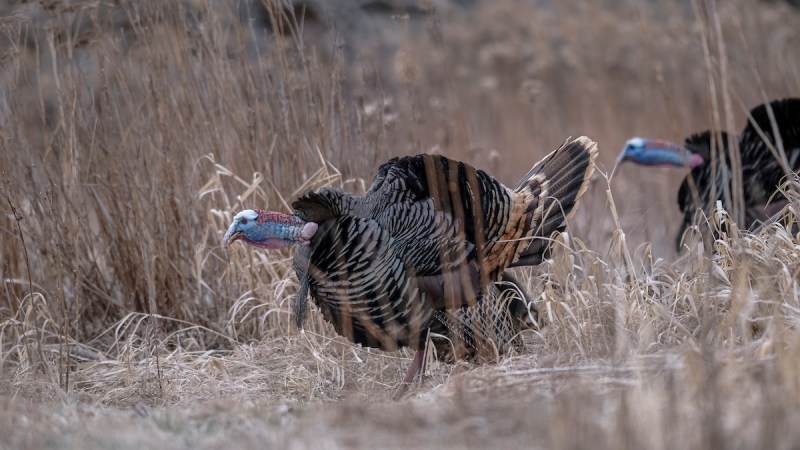Yesterday the National Deer Association released its annual deer report. Based on a mountain of data taken from the 2022-23 season, this comprehensive report gives a big-picture view of population trends, management concerns, hunter success rates, and other important factors affecting North America’s deer and deer hunters. (Data from the 2023-24 season is not yet available as some states still have open seasons underway.) One of the biggest takeaways from the report is that deer hunters in the U.S. are less successful than they were a decade ago, while the overall deer harvest remained stable across the board. In other words, individual success rates are declining, but hunters are still killing the same amount of deer.
On average, the NDA points out, 41 percent of hunters harvested at least one deer during the 2022-23 season. This represents a roughly 7 percent decline compared to the success rates that were recorded in 2011. However, it also falls in line with the hunter success rates seen in 2017 and 2019, which were also right around 41 percent. The 2022-23 success rates varied widely from state to state – ranging from a low of 18 percent (in New Hampshire) to a high of 71 percent (in South Carolina).
Breaking it down by region, the Southeast led the country with 56 percent of hunters there successfully harvesting at least one deer. The Midwest came in second, with 40 percent of hunters taking at least one deer, followed by the West (35 percent) and Northeast (33 percent). Here’s a ranked list of hunter success rates by state*:
- South Carolina: 71 percent
- Tennessee: 65 percent
- Texas: 64 percent
- Mississippi: 61 percent
- Rhode Island: 61 percent
- Kansas: 59 percent
- Georgia: 57 percent
- Virginia: 57 percent
- Oklahoma: 56 percent
- North Dakota: 53 percent
- Louisiana: 51 percent
- Michigan: 50 percent
- West Virginia: 50 percent
- North Carolina: 47 percent
- Arkansas: 46 percent
- Missouri: 44 percent
- Iowa: 42 percent
- South Dakota: 42 percent
- Wyoming: 42 percent
- Montana: 41 percent
- Ohio: 41 percent
- Utah: 41 percent
- Florida: 40 percent
- Indiana: 40 percent
- Nebraska: 40 percent
- Pennsylvania: 40 percent
- Arizona: 36 percent
- Idaho: 35 percent
- Minnesota: 32 percent
- Nevada: 31 percent
- New York: 30 percent
- Illinois: 29 percent
- New Mexico: 29 percent
- Kentucky: 28 percent
- New Jersey: 28 percent
- Wisconsin: 27 percent
- Massachusetts: 24 percent
- Washington: 23 percent
- Vermont: 21 percent
- Connecticut: 19 percent
- Maine: 19 percent
- New Hampshire: 18 percent
*The following states did not provide this data to NDA: Alabama, Alaska, California, Colorado, Delaware, Hawaii, Maryland, Oregon.
“Interestingly,” the NDA writes, “the overall deer harvest of nearly 6 million in the 2022-23 season remains near record levels despite lower rates of individual hunter success.”
There are a couple of potential explanations for this. One is that there were simply more licensed hunters during the 2022-23 season than there were 10 or 11 years ago. (The exact number of licensed hunters per year is hard to put a finger on because each state sells and counts license sales differently.)
Another reason could be that the hunters who do find success are taking multiple deer each season, which drives up the overall harvest number. However, the NDA found that, on average, there are fewer hunters taking multiple deer per season (roughly 4 percent less) than there were in 2011 – which undercuts this theory somewhat.
“The reality is only a small percentage of hunters actually fill multiple tags,” NDA chief conservation officer Kip Adams writes. “For example, a license in Georgia allows two bucks and 10 antlerless deer, but nearly half of Georgia’s hunters do not harvest a single whitetail.”
Breaking down the numbers even further, there are some other positive takeaways from the most recent annual deer report. Here are just a couple.
We’re Killing More Mature Bucks Than Ever Before
According to the report, out of the roughly 6 million deer that were harvested during the 2022-23 season, 2.9 million were bucks. And 42 percent of those bucks were 3.5 years and older. As the NDA points out, this is the highest percentage ever recorded. Likewise, the percentage of yearling bucks taken by hunters was also at an all-time low in 2022-23. This is a trend worth celebrating, as it shows that overall, deer hunters are getting better at aging and killing mature bucks.
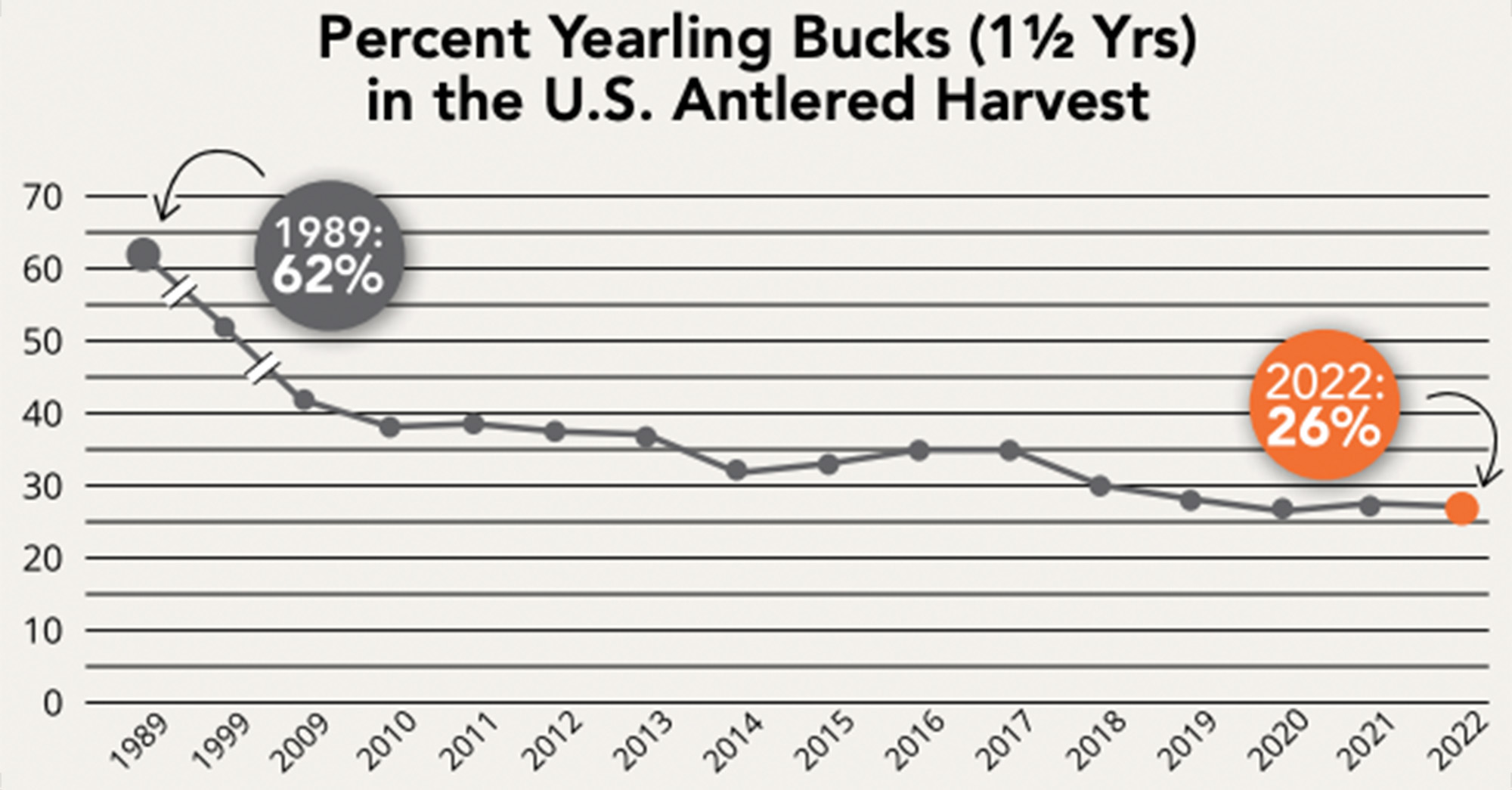
Courtesy National Deer Association
“This statistic [the percentage of mature bucks harvested] ranged from 9 percent in New Jersey to 80 percent in Mississippi,” the NDA writes in the study. “This is a testament to how far we’ve come as hunters and deer managers.”
We’re Improving Millions of Acres of Deer Habitat Every Year
Without good, healthy deer habitat, none of the successes listed above would have been possible. This is true for the large swaths of public land in the U.S., but even more importantly, it applies to the private landowners who provide the majority of hunting opportunities across most of the country. After all, last year’s annual deer report found that 88 percent of deer harvested in the Midwest, Northeast, and South were killed on private land.
Read Next: Private Landowners Can Save Public Hunting in America
The most recent report found that in just 10 states, state wildlife agencies helped landowners enhance well over 5 million acres of deer habitat on privately owned ground – not counting the work that was done strictly by property owners themselves. This was accomplished in several ways, including planting food plots, restoring grasslands, and improving forest health through prescribed burning and other strategies.
With any help from Mother Nature, these efforts should help ensure healthy deer populations across the country, and perhaps even better success rates for America’s deer hunters in the seasons to come.

